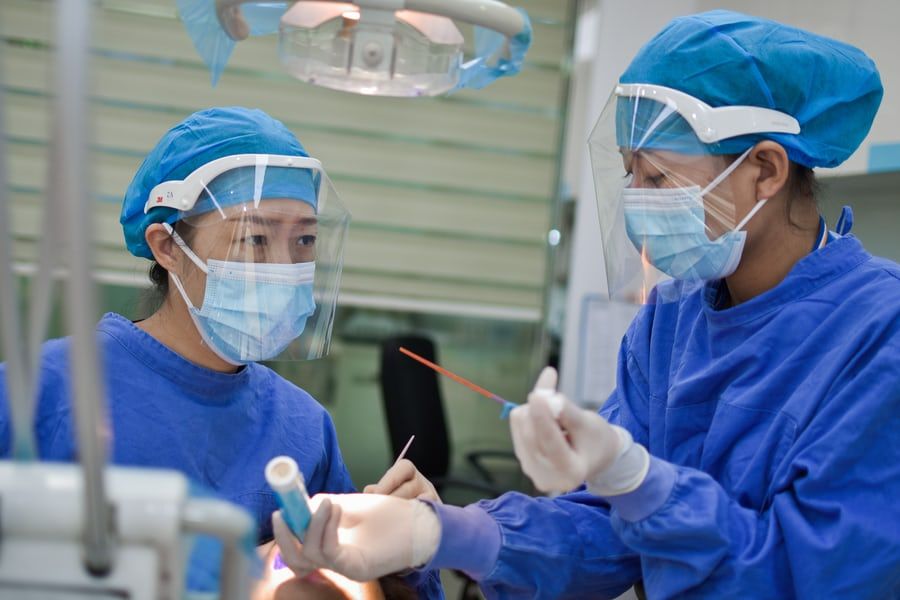How COVID-19 Overpowers the Immune System
The discovery of unique virus traits may explain why some patients have more severe responses to the disease.

Investigators from the University of Southern California’s Leonard Davis School of Gerontology have identified key differences in how the SARS-CoV-2 virus impacts mitochondrial genes in comparison to other viruses. The findings can potentially explain why older adults and people with metabolic disfunction develop more severe cases of the coronavirus disease 2019 (COVID-19), while also helping to identify therapeutics for a more targeted approach.
The study was published in the journal Scientific Reports and elaborates on recent findings that demonstrate how COVID-19 reduces the body's innate inflammatory response by diverting mitochondrial genes from their normal function.
"We already knew that our immune response was not mounting a successful defense to COVID-19, but we didn't know why," Brendan Miller, the lead author on the study said. "What we did differently was look at how the virus specifically targets mitochondria, a cellular organelle that is a crucial part of the body's innate immune system and energy production."
The team behind the study employed the vast amounts of available public data from early on in the pandemic and used RNA sequencing analyses to compare mitochondrial-COVID interactions to those of other viruses like seasonal influenza A and human parainfluenza virus 3. They found that while the other viruses didn’t, COVID-19 muted the body’s cellular protective response in 3 ways.
The SARS-CoV-2 virus was found to reduce the levels of Complex One, which is a group of mitochondrial proteins that are encoded by our DNA. The metabolic output created by cells and the reactive oxygen species generation produces an inflammatory response that helps to kill the virus, but is diminished by the lower levels caused by COVID-19.
Another finding demonstrated that the messenger protein MAVS mRNA, which tells a cell that a viral attack is occurring, was not activated by the SARS-CoV-2 virus. This causes the cell not to self-destruct, allowing the virus to replicate. Investigators also discovered that genes encoded by the mitochondria were not being turned on or off, which is thought to produce energy to help cells evade the virus.
"This study adds to a growing body of research on mitochondrial-COVID interactions and presents tissue and cell-specific effects that should be carefully considered in future experiments," Pinchas Cohen, senior author on the study said.
